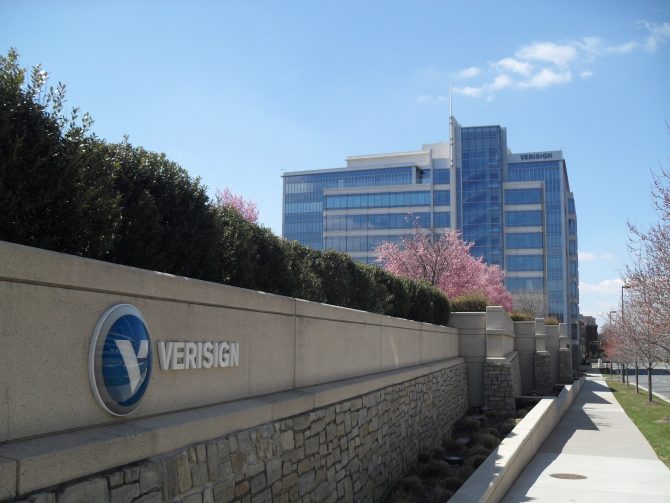As a technology leader whose career objective is to help build a connected digital world, it’s hard for me to envision a better place to be at this time in internet history than Verisign.
That’s what I needed to be convinced of earlier this year when I decided to leave a good job with great people at another leading IT company to become Verisign’s CTO. Seven months later, I haven’t been disappointed.
One reason for my enthusiasm is the people. From the Verisign Labs team to the executive leadership, from the technology community to the administrative professionals, I get to work with some of the brightest people in the field. They bring years of experience to the company, working toward common goals.
Another reason is the research. As I shared with Sean Michael Kerner of InternetNews.com recently, Verisign Labs’ research program is motivated by the question of internet resilience: how to sustain the internet as a global infrastructure over the long term.
That question continues to grow in importance and complexity as more and more of the world’s social and business activity – as more “connectivity” – depends on the Internet. The Organisation for Economic Co-operation and Development (OECD) estimated that Egypt’s brief shutdown of internet and communication services earlier this year had a direct economic impact of about 3-4 percent of GDP on a daily basis, and warned of even greater indirect and long-term effects. Globally, the internet is vital to improvements in products and services in multiple trillion-dollar sectors of the economy, from finance to transportation to entertainment.
It’s these applications that I keep in mind as my colleagues and I develop concepts for next-generation internet infrastructure. DNS and the other core technologies we work on are fundamental, but they’re a means to an end: Internet security and stability at one level, and a better connected world at the next.
Verisign Labs’ collaboration with researchers at UCLA on the global placement of DNS name servers is a good example of the broader view. In the paper “Measuring the Placement of DNS Servers in Top-Level Domain,” Verisign’s Eric Osterweil and UCLA’s Yingdi Yu, Jiwen Cai, and Lixia Zhang map out the global distribution of name servers for every top-level domain (TLD). They then study the potential impact of various kinds of failures – including network, city- and country-level outages – on the availability of each name server. This gives a way to understand the resilience of each TLD. Overall, most TLDs measure well, but one the paper’s findings is that more than 30% of countries have no name servers for their country-code TLD within their borders.
The research results have interesting implications on the interplay between political and technical considerations. If such a country were to shut down access to the external internet, it would cut off access by domain name to its in-country network resources within the TLD as well. The results also highlight key factors that operators of cloud services like DNS must take into account when distributing their service instances around the world.
It’s been a good seven months of getting connected with the people and the research here. There’s a lot more going on, and we have many exciting things planned for the year ahead. I look forward to sharing more in future postings about the journey I’ve just embarked on. At the same time, I look forward to learning more about the challenges others are pursuing in realizing the full potential of the internet.
What’s the next milestone on your road to internet resilience?




